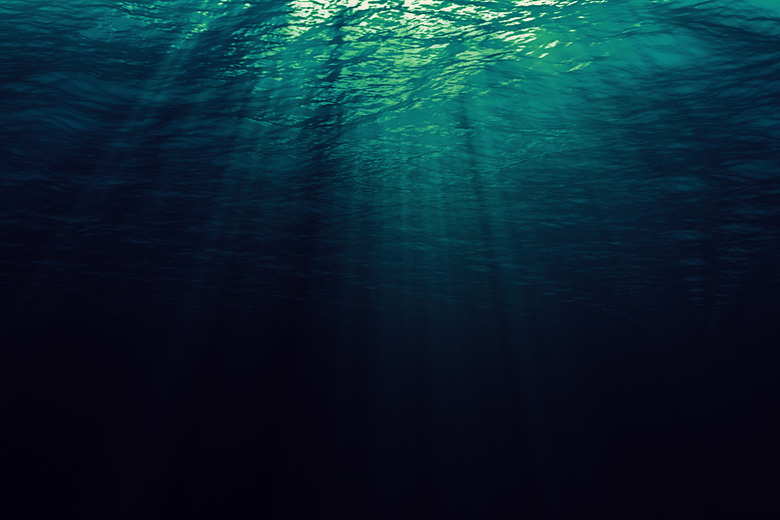A Never-Before-Seen Virus Was Discovered At The Bottom Of The Ocean
Scientists working in the Mariana Trench, the deepest place on Earth, have unearthed a previously undiscovered virus that could change everything we know about the deepest depths of our planet's watery sanctuaries. New research on the virus is available in Microbiology Spectrum. This discovery showcases just how little we know about the deepest places on our planet.
The newly discovered virus isn't harmful to humans, though. Instead, it's a type of virus known as a bacteriophage or bacteria eater. These types of bacteria are found in salt water and usually feed on bacteria that belong to a family called Halomas. The virus is what researchers consider a "regulator."
"To our best knowledge, this is the deepest known isolated phage in the global ocean," Min Wang, a virologist with the Ocean University of China, as well as a lead on the new study, explained in a press release. The previously undiscovered virus is more than an intriguing new revelation, though.
Researchers say this discovery could also give us some clues as to how viruses like this are able to evolve and survive such harsh conditions. That may prove especially possible thanks to the way this virus infects its target bacteria. Instead of destroying it, it infects it and then replicates itself within it.
Finding a previously undiscovered virus at the bottom of the ocean isn't surprising, to be completely honest. There's a lot we just don't know about the oceans, including what kinds of creatures and viruses call them home. Scientists continue to discover strange oceanic creatures, like a blue goo that lives at the bottom of the sea.
Perhaps studying this previously undiscovered virus will lead to new revelations about other underwater viruses. If nothing else, it shows that the extreme environments of the deepest place on Earth, a place with immense and crushing pressure, can still be home to viruses we've never even heard of.
